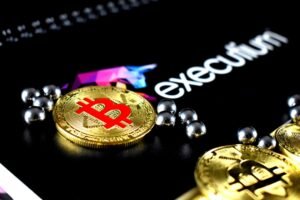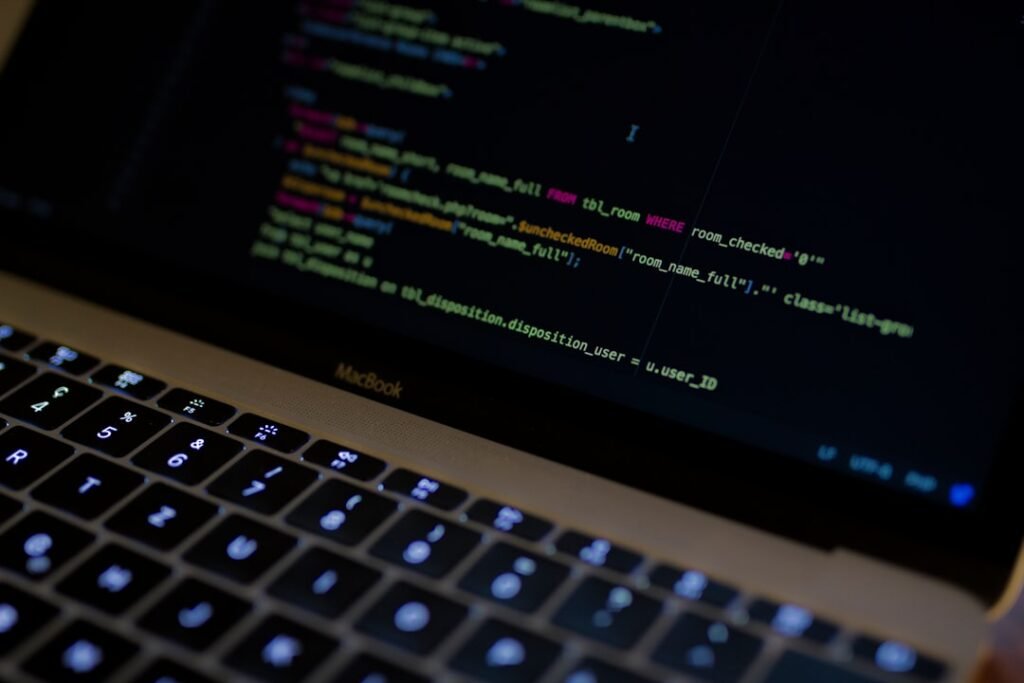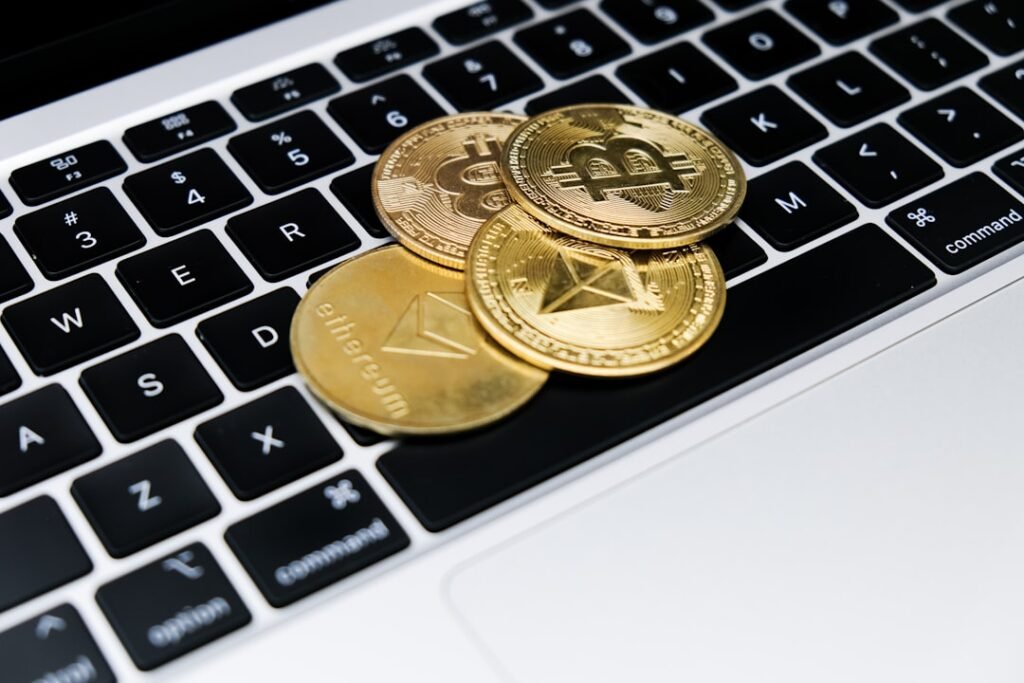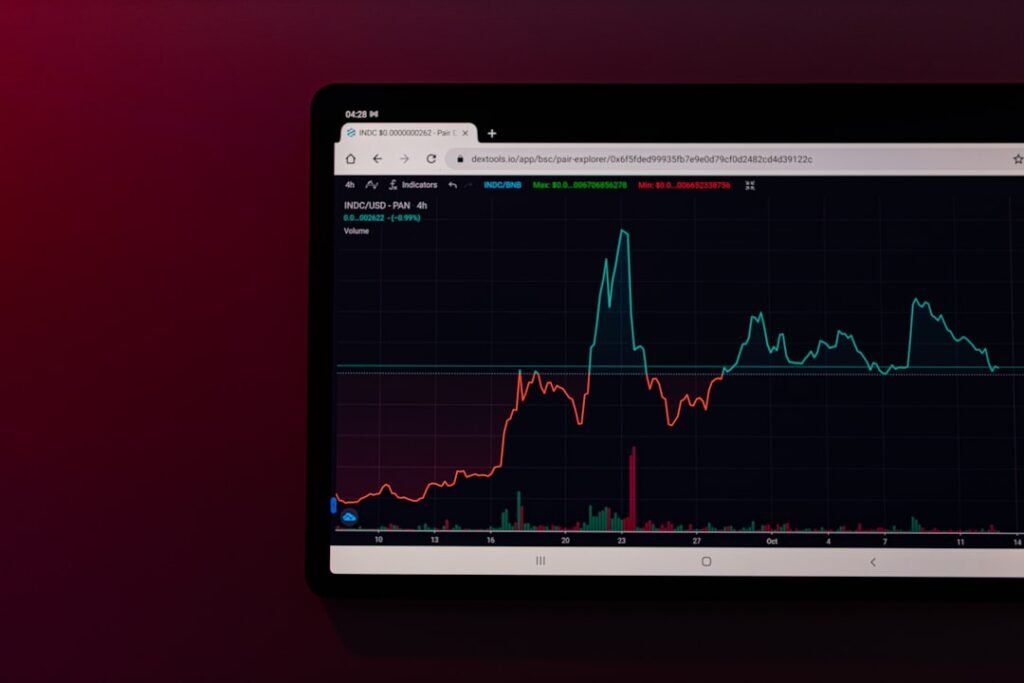The Ultimate P2P Trading Survival Guide: How to Buy/Sell Crypto Safely (Zero Fees, Zero Scams)
Why P2P Trading Is Revolutionizing Crypto—And How Not to Get Hacked
Peer-to-peer (P2P) crypto trading cuts out middlemen, letting buyers and sellers negotiate directly. Unlike centralized exchanges like Coinbase, P2P platforms like Binance P2P 또는 Paxful act as matchmakers—not custodians. Your crypto stays in escrow until payment clears. But beware: direct deals mean direct risks. Here’s how to navigate this Wild West.
How P2P Trading Actually Works (The Escrow Lifeline)
- Seller Posts an Offer: Lists crypto amount, price, and payment method (e.g., PayPal, bank transfer).
- Buyer Accepts: Crypto is locked in the platform’s escrow.
- Payment Sent: Buyer pays via the agreed method.
- Crypto Released: Seller confirms receipt → escrow releases crypto.
Critical Detail: Escrow is your shield. On Binance, crypto is held until both parties verify the deal. Skip this, and you’re gambling.
Step-by-Step: Buying Crypto on Binance P2P (Web)
- Verify Identity: Pass KYC checks. No verification? No trading.
- Find a Seller: Filter by currency, payment method, and user rating (aim for 95%+ completion rates).
- Initiate Trade: Click "Buy," enter amount, and wait for seller’s payment details.
- Pay Within Deadline: Usually 15 minutes. Upload payment proof via chat.
- Confirm Release: Seller verifies payment → crypto hits your wallet.
⚠️ Red Flag: Sellers asking for off-platform payments. 절대로 comply—report immediately.
Selling Crypto? Dodge These Payment Traps
- Reversible Scams: Buyers pay via chargeback-enabled methods (PayPal, credit cards). After you release crypto, they reverse the payment.
- Fix: Only accept irreversible payments like bank wires, cash deposits, or USDT.
- Triangulation Fraud: Buyer pays from a stolen account. You release crypto → real account owner disputes the transaction.
- Fix: Confirm the payer’s name matches their verified Binance profile.
6 Unbeatable Benefits of Binance P2P
- Zero Fees: Unlike Coinbase’s 1.5% spreads.
- 150+ Payment Methods: From Venmo to Vodafone cash.
- 높은 유동성: $7B+ in processed trades.
- 15-Minute Trades: Sellers with fast release rates get priority.
- Escrow Armor: Funds locked until payment confirmation.
- Global Access: Buy crypto in Nigeria, Argentina, or Vietnam with local currencies.
Scam Alerts: 2 Tactics That Steal Your Crypto
1. Identity Theft (Triangulation)
- How It Works: Scammer uses someone else’s payment account. You send crypto → victim reports fraud → you lose funds.
- Survival Tip: Demand ID verification. Match payment account names to Binance profiles.
2. Fake Payment Proof
- How It Works: Buyer sends photoshopped payment receipts. You release crypto → money never arrives.
- Survival Tip: Log into your bank/PayPal to confirm funds 전에 releasing crypto.
5 Rules to Trade P2P Like a CIA Agent
- KYC Is Non-Negotiable: Only trade with verified users.
- Escrow On, Always: Never let sellers/buyers convince you to bypass it.
- Chat Inside the App: Binance records chats for dispute evidence.
- Check Completion Rates: Avoid traders with <90% success rates.
- Appeal Fast: If a deal sours, hit "Appeal" within 15 minutes. Binance mediators will investigate.
The Future of P2P: Smart Contracts and DeFi
Escrow services are evolving. Platforms like Gate.io are testing smart contract escrow, automating releases when payment is blockchain-confirmed. Meanwhile, decentralized identity (DID) systems could replace KYC, letting you prove trustworthiness without handing over your passport.
Final Word: Freedom Isn’t Free
P2P trading offers unmatched flexibility—but only if you weaponize caution. Stick to escrow, verify identities ruthlessly, and never rush a trade. The difference between profit and theft? Two words: due diligence.
🔐 Remember: Binance can’t save you if you trade off-platform. Stay inside the walls.












